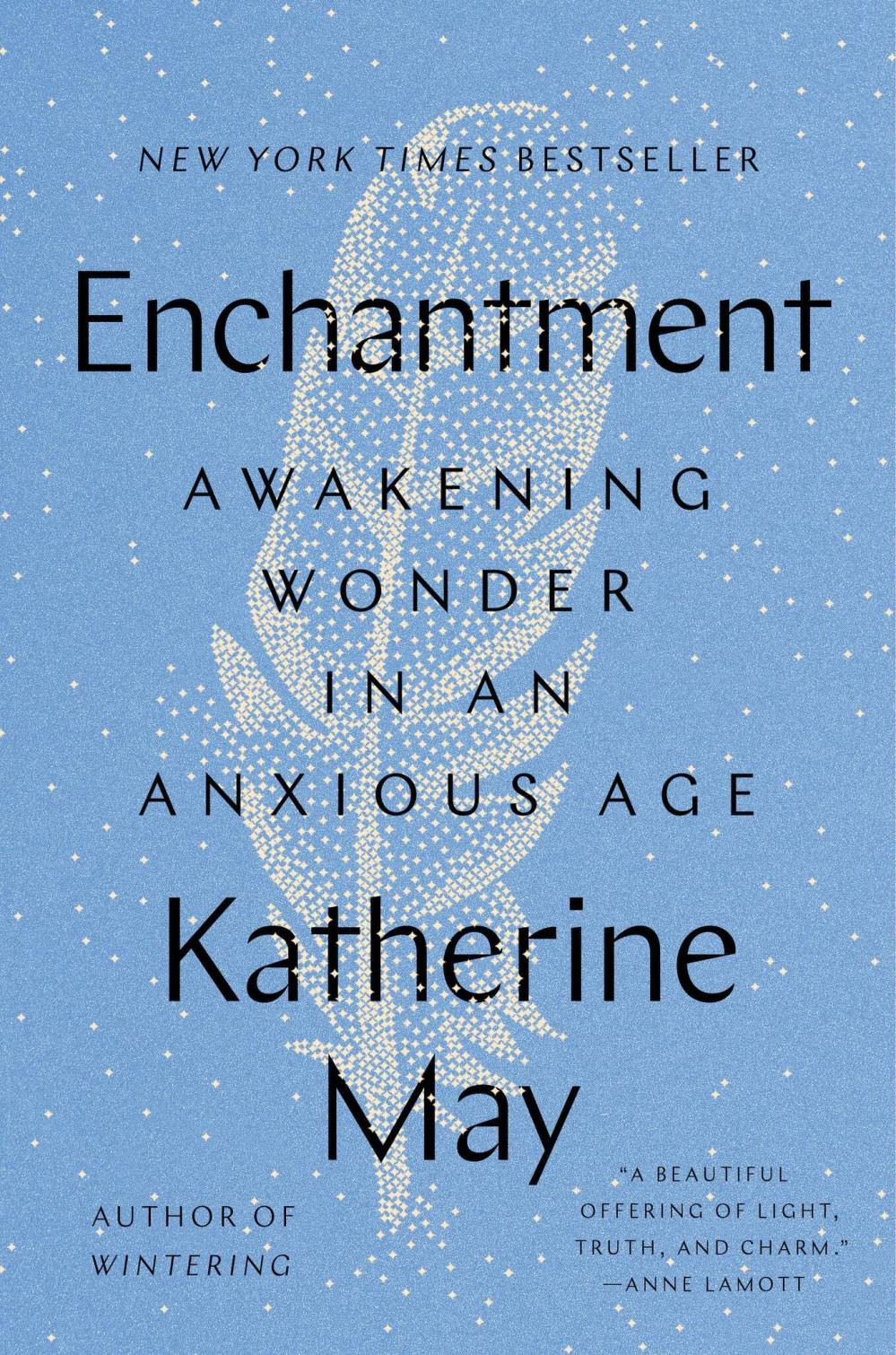Pandemic pursuit of wonder delights
Advertisement
Read this article for free:
or
Already have an account? Log in here »
To continue reading, please subscribe:
Monthly Digital Subscription
$0 for the first 4 weeks*
- Enjoy unlimited reading on winnipegfreepress.com
- Read the E-Edition, our digital replica newspaper
- Access News Break, our award-winning app
- Play interactive puzzles
*No charge for 4 weeks then price increases to the regular rate of $19.00 plus GST every four weeks. Offer available to new and qualified returning subscribers only. Cancel any time.
Monthly Digital Subscription
$4.75/week*
- Enjoy unlimited reading on winnipegfreepress.com
- Read the E-Edition, our digital replica newspaper
- Access News Break, our award-winning app
- Play interactive puzzles
*Billed as $19 plus GST every four weeks. Cancel any time.
To continue reading, please subscribe:
Add Free Press access to your Brandon Sun subscription for only an additional
$1 for the first 4 weeks*
*Your next subscription payment will increase by $1.00 and you will be charged $16.99 plus GST for four weeks. After four weeks, your payment will increase to $23.99 plus GST every four weeks.
Read unlimited articles for free today:
or
Already have an account? Log in here »
Hey there, time traveller!
This article was published 03/06/2023 (895 days ago), so information in it may no longer be current.
Subtitles do a lot of heavy lifting for authors of non-fiction. Though they dutifully wait their turn, making their appearance in self-effacingly small fonts, subtitles share what the would-be reader needs to know. Revealing the focus of a book, a task enigmatic primary titles decline to do, the subtitle’s no-nonsense attitude is softened only by its inclination toward alliteration.
At least this seems to be the case for books by British author Katherine May. The title of May’s new book, Enchantment: Awakening Wonder in an Anxious Age, follows a pattern established by her first book, Wintering: The Power of Rest and Retreat in Difficult Times. In the case of both books, May lives up to the promise of her subtitles, offering readers not only honest explorations of the challenges of contemporary life but also reassurance about our ability to endure and even thrive.
Wintering, a New York Times bestseller, explored May’s family’s experience of a series of hardships, including medical and mental health challenges. Fortuitously published in early 2020, it appealed to readers who found themselves grappling with the unanticipated disruptions and losses of pandemic life. Enchantment takes on both the darkest phases of the pandemic and the confusing and stressful aftermath of Britain’s lockdown. Very much of the moment, May’s portrait of daily life in an “Anxious Age” articulates the not-uncommon experience of constant worry.

Enchantment
A skilled author of reflective personal essays, May writes compellingly about her loss of both focus and motivation and the drain of too much time spent reading troubling news.
She also shares small successes in her journey to re-awaken wonder. They include encounters with the beauty of the natural world and the addition of small but meaningful rituals to her daily life. She finds comfort and possibility in social connection. While her son, husband and friends accompany her on her pursuit of wonder, more distant figures offer guidance. They include a ceramics artist who is undeterred by the opening of a laboriously sealed seam of clay when her work is fired.
May’s reflections on wonder and well-being are grouped under four headings: Earth, Water, Fire and Air. In the section dedicated to Water, May shares a chapter on “Unlearning” to swim. With the help of a coach at her local pool, she works over many weeks to forget her slow and possibly unsafe way of swimming so she can learn to swim again, this time with more proficiency and confidence. “Pilgrimage,” also in the Water section, contrasts a pair of visits she made to a natural spring near Canterbury, a place remarkable for both its natural beauty and spiritual significance to generations of visitors. May’s first visit to the spring is an awkward undertaking; it’s largely memorable for the way in which her raincoat gets hooked on the thorns of a briar rosebush at the well’s entrance. When she makes a return visit, carrying offerings from her own garden, May is better prepared to engage with the sacred site and receive its gifts.
Personal and poetic, May’s book offers readers something more nuanced and unsettling than a list of things to learn, or places to visit, to cure the complaints of contemporary life. More likely to express uncertainty than to propose a remedy, May is open about the fact her pursuit of wonder is a work in progress. Still, readers are likely to be inspired to try to follow her lead.
If wading in an ancient spring surrounded by briar roses isn’t an option, one could try, as May herself does, a simpler method. Slipping your shoes off in a local park to feel the grass beneath your feet is, she suggests, a good way to begin.
Vanessa Warne teaches at the University of Manitoba and co-hosts the podcast Victorian Samplings.

